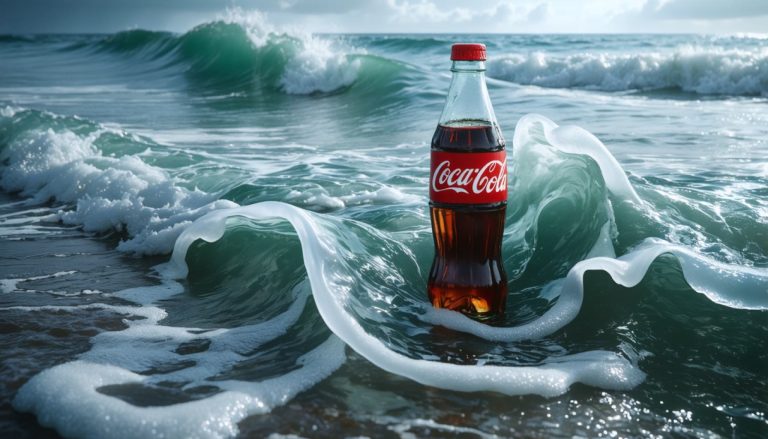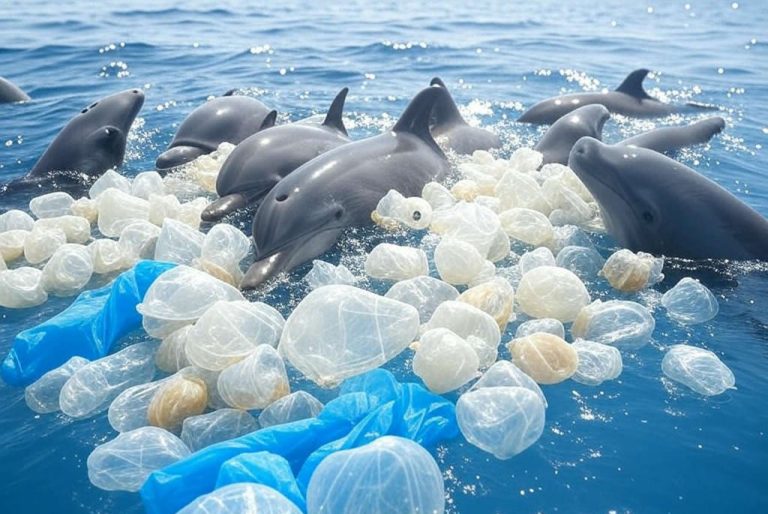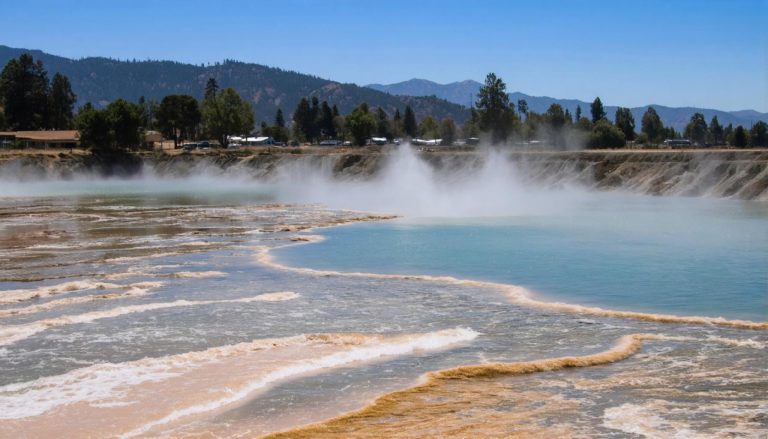The concept of the “smart forest” integrates technology with nature to combat deforestation and climate change. Sensors...
Environment
The term “Environment” refers to the surrounding conditions, influences, or factors that affect the life, development, and survival of living organisms. This includes both natural elements—such as air, water, land, flora, and fauna—and human-made components like urban infrastructure, pollution, and societal structures. The environment encompasses ecosystems, climate, weather patterns, and biodiversity, as well as the interactions between these elements and living beings. It plays a critical role in determining the quality of life and health of both individuals and communities. Environmental science studies these relationships and the impact of human activity on the Earth’s systems, with a focus on sustainability and conservation.
Space debris, or space junk, consists of defunct satellites, spent rocket stages, and fragments from disintegration, posing...
AI is transforming marine conservation by tackling challenges like oceanic pollution and overfishing through innovative solutions. Autonomous...
Drones revolutionize West Virginia agriculture, outclassing traditional machinery in challenging terrains like steep hills and narrow valleys....
By 2030, Coca-Cola’s plastic usage could reach 9.1 billion pounds annually, posing a major environmental threat. Current...
Coca-Cola is projected to generate over 4.1 million metric tons of plastic waste annually by 2030, highlighting...
The Great Pacific Garbage Patch is emblematic of the severe ocean pollution crisis, covering an area larger...
A transformative environmental project on Shamrock Island, Texas, uses Natrx ExoForms to combat beach erosion. The artificial...
The ongoing challenge of water scarcity in California is intensified by climate change, prompting innovative conservation efforts....
Chennai hosts the PALS Innovation Challenge at IIT-Madras, attracting engineering students from across Tamil Nadu striving to...













